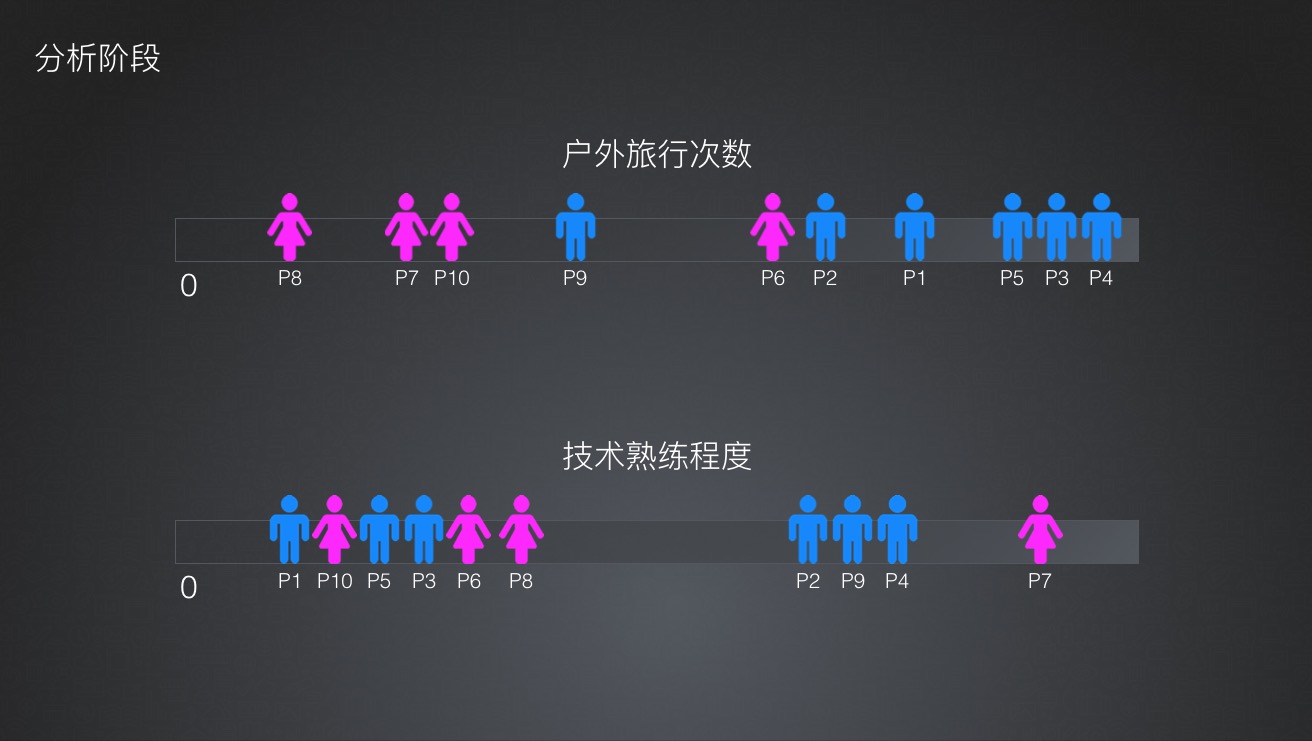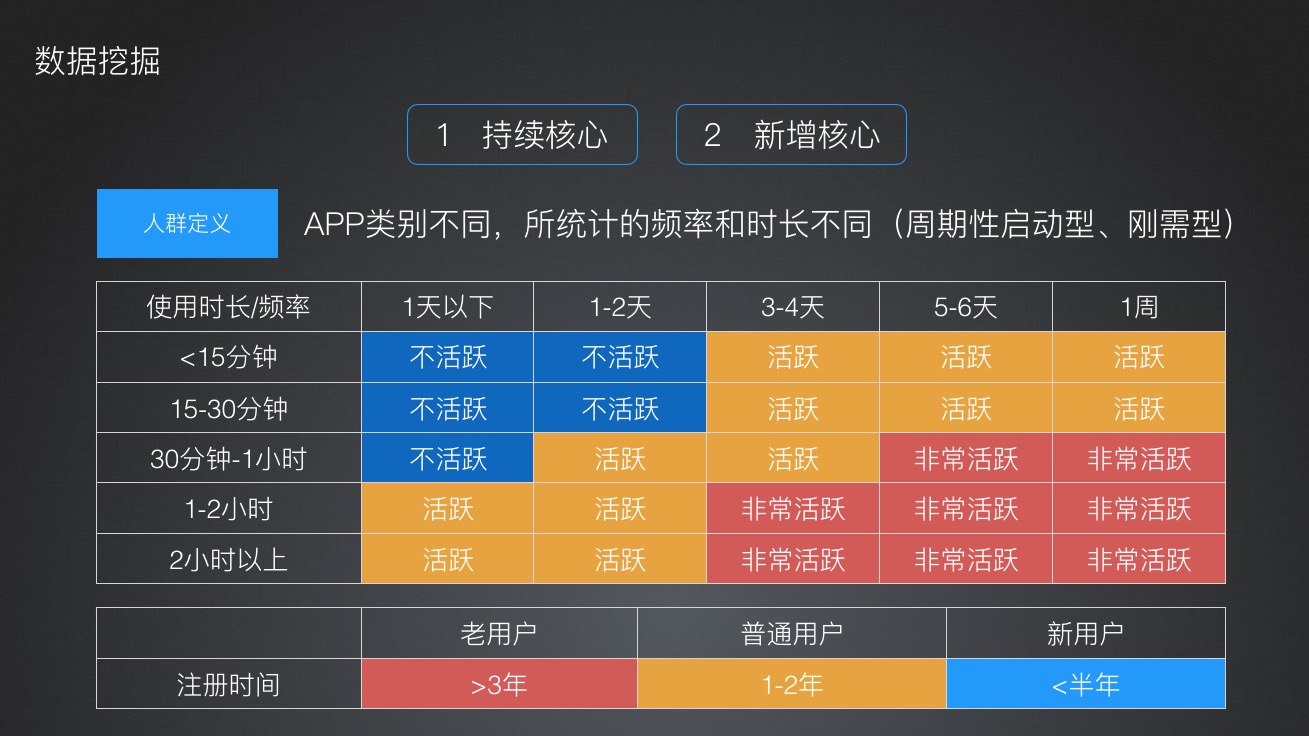-
 SOSO Chen
PINGAN BANK
UED LEADER
SOSO Chen
PINGAN BANK
UED LEADER
Personal description: a book entitled "User Research Practice of UX Design" is widely recognized. Long term commitment to the relevance and application of research data and design.
Persona user portrait -- the first step to discern users
The first question faced by any product is actually "who is the user". We often use the pet phrases "I feel" or "I think" to explain arguments. But can "I" represent the user?
Product managers and user researchers also often take the results of a user survey to persuade us to modify products or design, and then can "a function or a product" mentioned by this user can represent the user?
The boss often looks at our products and describes himself as a senior user. He thinks that the products need to be optimized in some link or criticizes the experience of the products.
These scenes above are very common, but very helpless as well.
So the concept of user portraits launched by us hopes to make all of us have a user with common cognition. Although this user is virtual but refined from real users, and our understandings of them need to be like a friend we have long known, and you know his demands, his habits, and even what he really thinks.
In this workshop, we will focus on talking about user portraits.
1. Learn about what are user portraits and how are they composed;
2. Learn about how a product should use correct research methods of user portraits at every stage;
3. How to design a user portrait that is really useful for products;
4. Learn about the specific analysis method of making user portraits;
At the same time, through on-site simulation training, we will give a basic understanding of making user portraits. Through on-site question-and-answer analysis, we can make a simple user portrait in a short time, let everyone set their wits and make practical use in product optimization.
5. Finally, we need to understand the wrong areas of using user portraits and their differences from profiles.
In this workshop, we hope that participants can not only know about user portraits, but can make and use them skillfully.
1. Introduce basic concepts
2. Segment the use of user portraits in different product stages
3. Analyze several different methods through different cases
4. Give a case for the participants to think about, exchange and do questionnaire or interview surveys.
5. After the analysis process, each group outputs the conclusion of user portraits, and expounds the application in the case.
6. Summarize and introduce some misunderstandings and points of attention
1. Interactive designers
2. User researchers
3. Product managers
1. Learn about the most commonly used analysis methods of user portraits;
2. Know how to do user portraits, and personally participate in make a user portrait;
3. Learn about how to apply user portraits in product design;
4. Design and do statistics of practice questionnaires or interviews.
-
 陈抒 - 用户画像在项目产品不同阶段的方法不同
陈抒 - 用户画像在项目产品不同阶段的方法不同
-
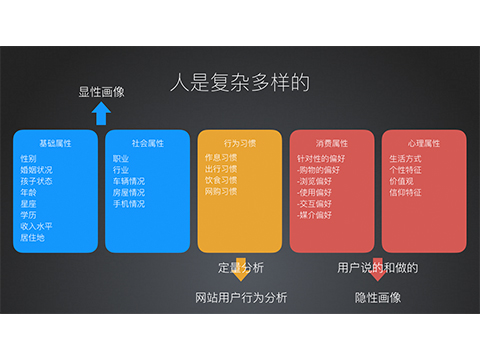 陈抒 - 一个人的属性有多种多样,需要深入挖掘内在才能做出更全面的用户画像
陈抒 - 一个人的属性有多种多样,需要深入挖掘内在才能做出更全面的用户画像
-
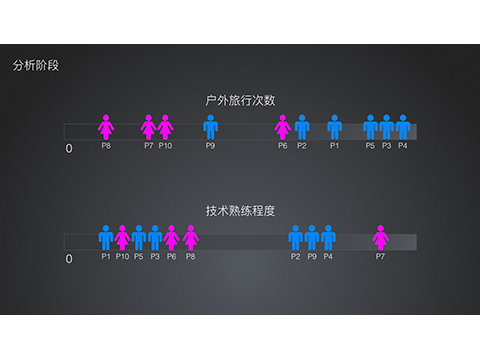 陈抒 - 连续变量双维度分析法是方法分析中比较常用的
陈抒 - 连续变量双维度分析法是方法分析中比较常用的
-
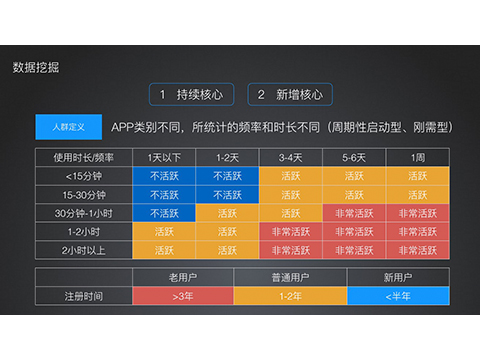 陈抒 - 定量分析需要先找出你需要的人群再进行定性的访谈
陈抒 - 定量分析需要先找出你需要的人群再进行定性的访谈








